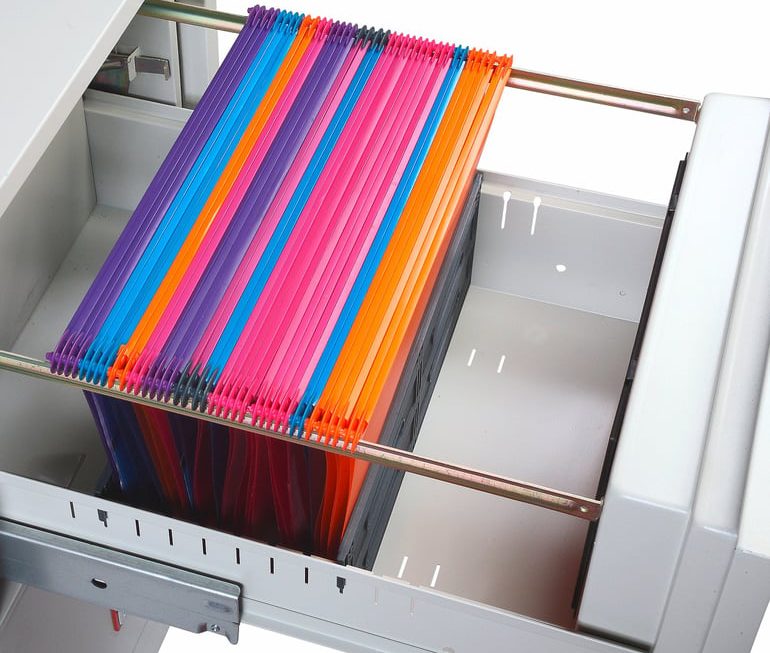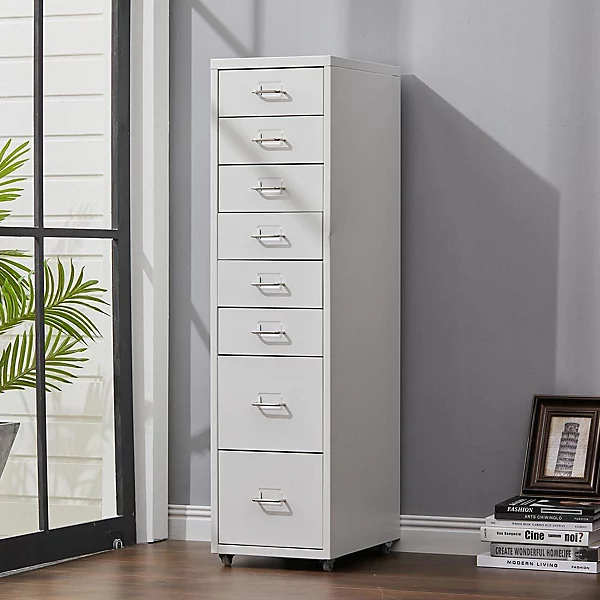 Introduction:
Introduction:
Experiencing your office chair sinking unexpectedly can be inconvenient and uncomfortable. This issue not only affects your posture and productivity but also poses potential health risks. In this comprehensive guide, we will explore the common causes of office chair sinking and provide simple solutions to fix and prevent this problem. By understanding the underlying causes and implementing the appropriate measures, you can enjoy a stable and supportive office chair that helps maintain your comfort and well-being.
 Here are some potential risks and harms associated with an office chair sinking:
Here are some potential risks and harms associated with an office chair sinking:
Poor Posture and Ergonomics:
An office chair that sinks excessively can result in poor posture and ergonomics. When the chair’s height is not properly adjusted, it can lead to slouching or uncomfortable seating positions, which may contribute to back, neck, and shoulder discomfort or long-term musculoskeletal issues.
Reduced Comfort and Productivity:
A sinking chair can decrease overall comfort, causing distractions and hindering productivity. Employees may find themselves constantly adjusting, readjusting, or attempting to prop up the chair, interrupting their focus and workflow.
Uneven Work Surface Alignment:
When an office chair sinks, the user’s positioning relative to the desk or workspace can become misaligned. This misalignment can lead to additional strain on the arms, wrists, and shoulders, potentially causing discomfort or repetitive strain injuries (RSIs) over time.
Safety Hazards and Instability:
A sinking chair may become unstable or wobbly, increasing the risk of accidents and falls. This instability can result in unexpected shifts in seating positions, which may cause individuals to lose their balance and potentially injure themselves.
Unequal Seating Conditions:
In work or collaborative environments, if some individuals have sinking chairs while others have properly functioning chairs, it can create disparities and discomfort among employees. This inequality may lead to decreased morale, dissatisfaction, and potential conflicts.
Equipment and Task Limitations:
A sinking office chair may make it more challenging to perform certain tasks, such as using a computer or reaching workspace tools. Limited adjustability and height may restrict employees from finding optimal working positions, potentially compromising their ability to perform their job effectively.
To mitigate the risks associated with a sinking office chair, it is important to address the issue promptly. This can involve adjusting the chair’s height mechanism, inspecting and repairing any damaged components, or replacing the chair altogether if necessary. Regular maintenance, proper use, and investing in ergonomic chairs can help prevent or minimize the hazards and inconveniences caused by a sinking office chair.
 Hydraulic Gas Cylinder Issues
Hydraulic Gas Cylinder Issues
Gas Leak:
A gas leak within the hydraulic cylinder can cause gradual or sudden sinking of the chair.
Check for any visible signs of leakage, such as oil stains or hissing sounds.
Cylinder Damage:
Over time, the hydraulic cylinder may become worn, resulting in decreased effectiveness and potential sinking.
Inspect the cylinder for any visible damage, such as dents, cracks, or deformations.
Weak or Damaged Chair Components
Chair Base:
The chair’s base, which houses the hydraulic cylinder and provides support, may become weakened or damaged.
Inspect the base for cracks, loose connections, or signs of wear.
Chair Wheels:
Faulty or damaged chair wheels can contribute to sinking by putting uneven pressure on the hydraulic cylinder or base.
Make sure the wheels are intact and function properly, replacing any damaged or worn-out wheels.
User Habits and Weight Distribution
Overloading:
Consistently exceeding the recommended weight capacity of the chair can strain the hydraulic cylinder, causing sinking over time.
Adhere to the manufacturer’s weight capacity guidelines and avoid placing excessive pressure on the chair.
Frequent Height Adjustments:
Continuous height adjustments can place increased stress on the hydraulic mechanism.
Minimize excessive adjustments to maintain the longevity and stability of the chair.
 Solutions for Fixing and Preventing Chair Sinking
Solutions for Fixing and Preventing Chair Sinking
Gas Cylinder Replacement:
If the hydraulic gas cylinder is damaged or leaking, it may need to be replaced.
Consult the chair’s manufacturer or a professional technician to ensure the correct replacement part is obtained and installed.
Repairing or Reinforcing Chair Components:
For weakened or damaged chair components, consider chair repair or reinforcement.
This may involve reinforcing the base, replacing damaged parts, or seeking professional assistance.
Proper Weight Distribution:
Ensure that the weight load on the chair is evenly distributed.
Avoid sitting on the edge of the chair, which can place uneven pressure on the hydraulic cylinder and cause sinking.
Regular Maintenance:
Regularly inspect and maintain your office chair to prevent potential issues.
Clean the chair, tighten loose screws, lubricate moving parts, and address any signs of wear or damage promptly.
To make an office chair more comfortable, consider implementing the following suggestions:
Adjust the Chair Height:
Ensure that the chair is set at the proper height so that your feet rest flat on the ground, and your knees are at a 90-degree angle. This alignment promotes good posture and reduces strain on your back and legs.
Use Lumbar Support:
If your office chair lacks built-in lumbar support, consider using a separate lumbar pillow or cushion to maintain the natural curve of your lower back. This can help alleviate discomfort and prevent slouching.
Position the Armrests Properly:
Armrests should be adjusted to a height that allows your arms to rest comfortably, with your elbows at a 90-degree angle. This encourages relaxed and supported positioning of your arms and shoulders.
Use a Cushioned Seat Pad:
If your chair’s seat lacks adequate padding or feels too firm, you can add a cushioned seat pad for extra comfort and support. Look for one that promotes even weight distribution and reduces pressure points.
Consider an Ergonomic Chair:
If your budget allows, invest in an ergonomic office chair specifically designed to support comfortable and healthy sitting. Look for features such as adjustable lumbar support, armrests, and seat height, as well as breathable and supportive materials.
Take Regular Breaks and Stretch:
Sitting for prolonged periods can lead to discomfort and stiffness. Take short breaks to stand up, stretch, and move around to promote blood circulation and reduce muscle tension.
Maintain Proper Posture:
Sit with your back straight and shoulders relaxed. Avoid slouching or leaning excessively forward, as it can strain your back and neck. Engage your core muscles to support your spine and maintain good posture throughout the day.
Customize Armrests and Chair Tilt:
Adjust the armrests and chair tilt to your preference. Armrests should support your arms comfortably without causing strain, and the chair tilt should allow for a natural recline while keeping you properly aligned.
Use a Footrest:
If your feet don’t touch the ground when the chair is properly adjusted, use a footrest to support your feet and promote better leg positioning.
Stay Active and Exercise:
Regular exercise and physical activity outside of work can help improve overall comfort and reduce the negative effects of prolonged sitting.
Remember that individual preferences may vary, so adjust the chair settings and incorporate additional features based on your comfort needs. Regularly evaluate and make necessary adjustments to ensure an ergonomic and comfortable workspace.
 Conclusion:
Conclusion:
Office chair sinking can affect your comfort and work productivity. By understanding the causes outlined in this comprehensive guide and implementing the appropriate solutions, you can effectively address this issue. Whether it is replacing the gas cylinder, repairing chair components, or practicing proper weight distribution, taking proactive measures will help maintain a stable and supportive office chair. Regular maintenance and care will ensure the longevity of your chair, providing a comfortable and productive workspace for years to come. Remember, a well-functioning office chair promotes proper posture, reduces the risk of discomfort or injury, and contributes to a more positive and productive work environment.



